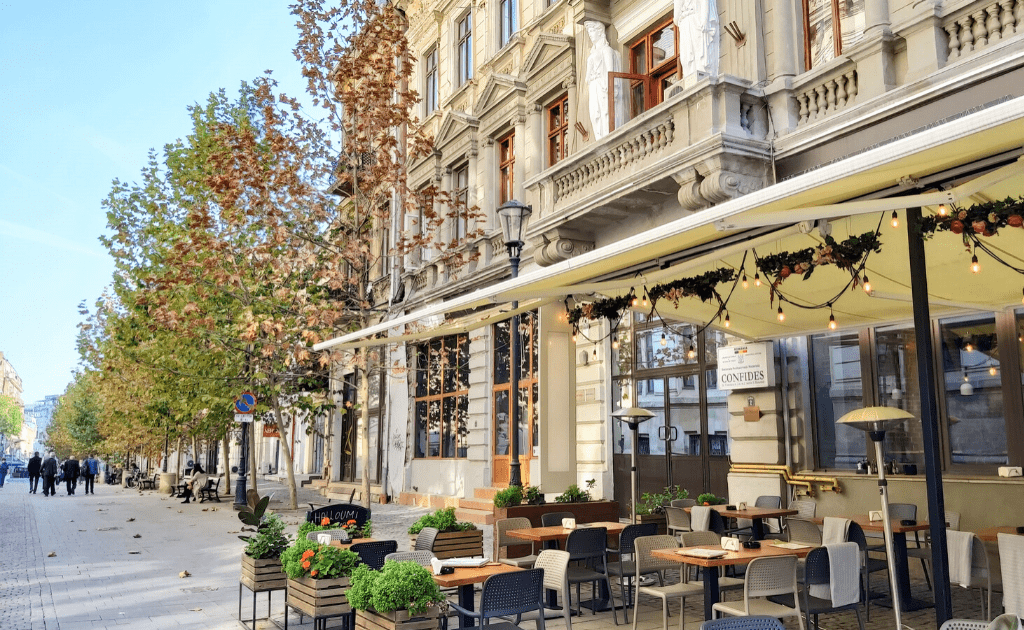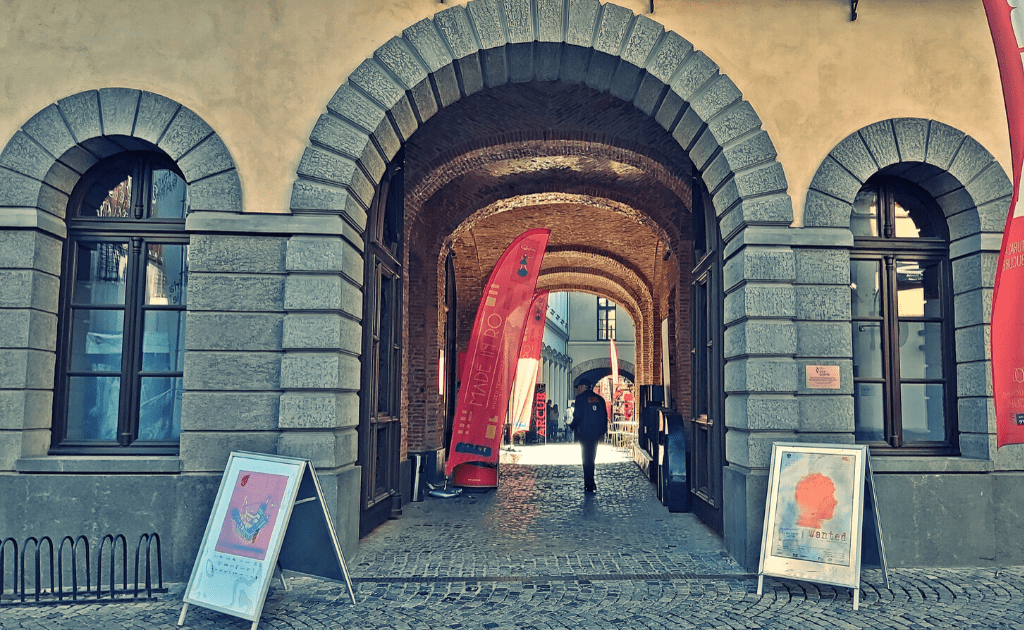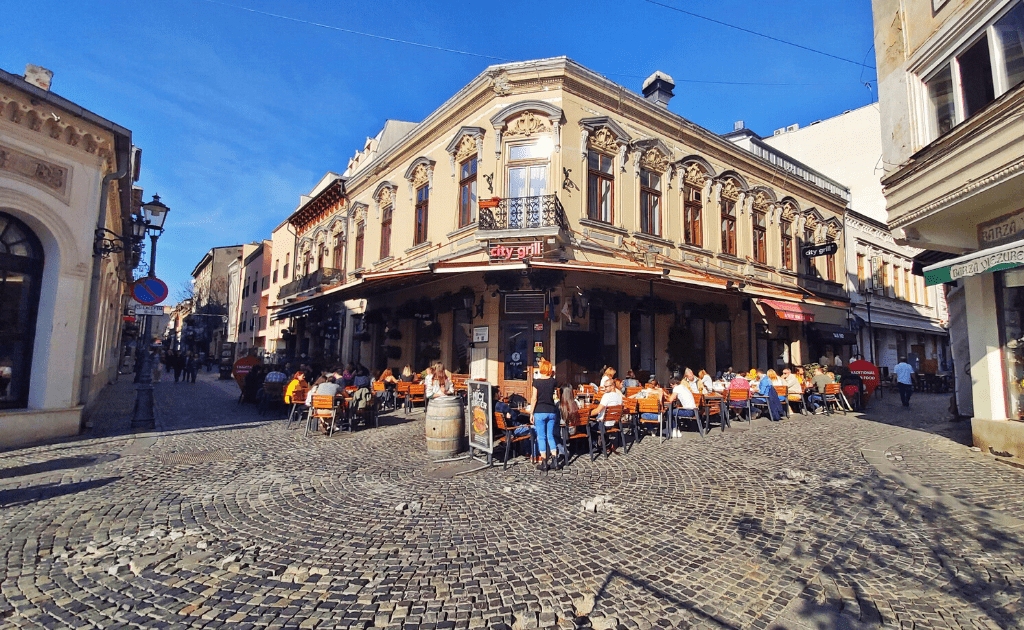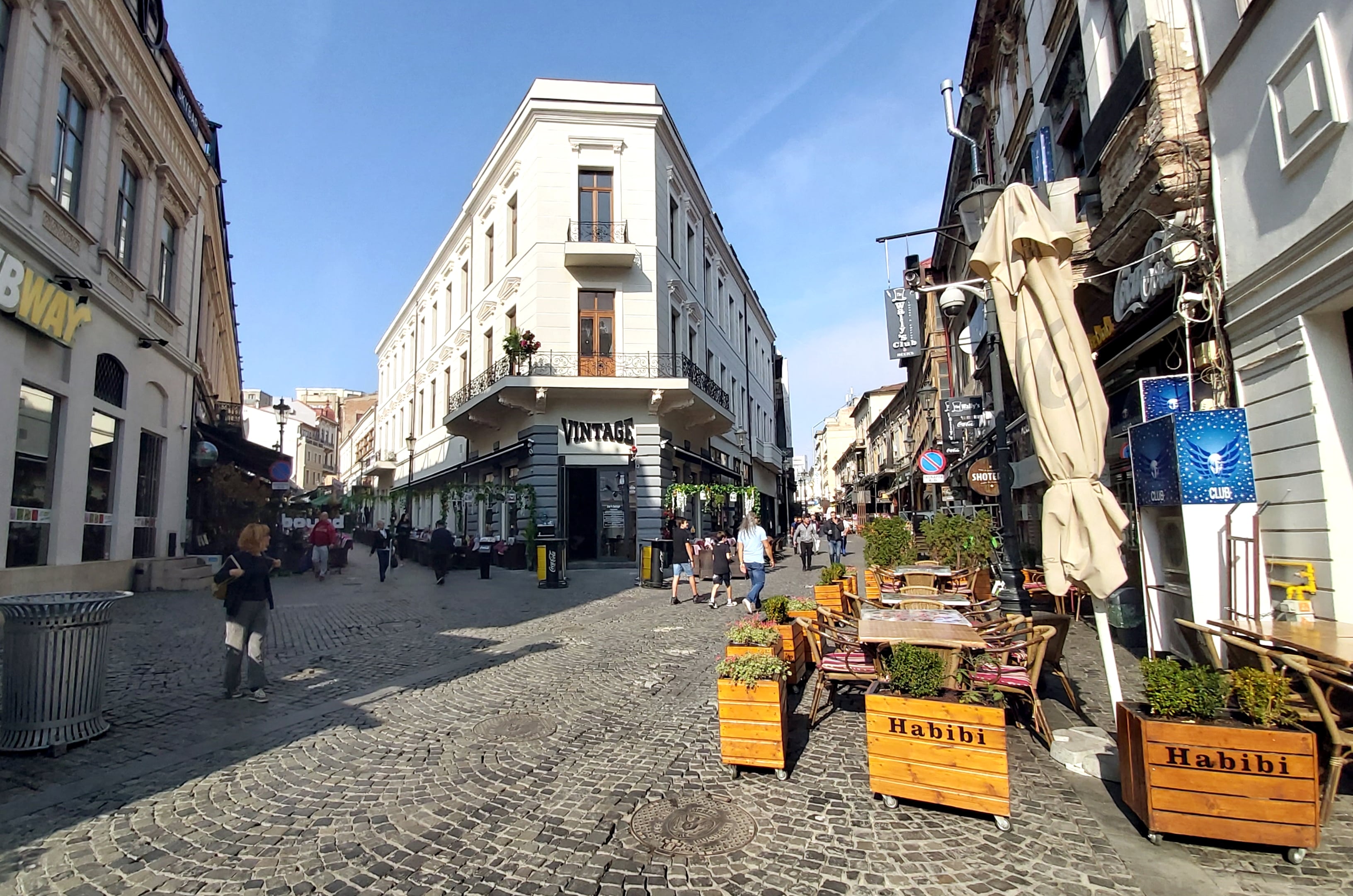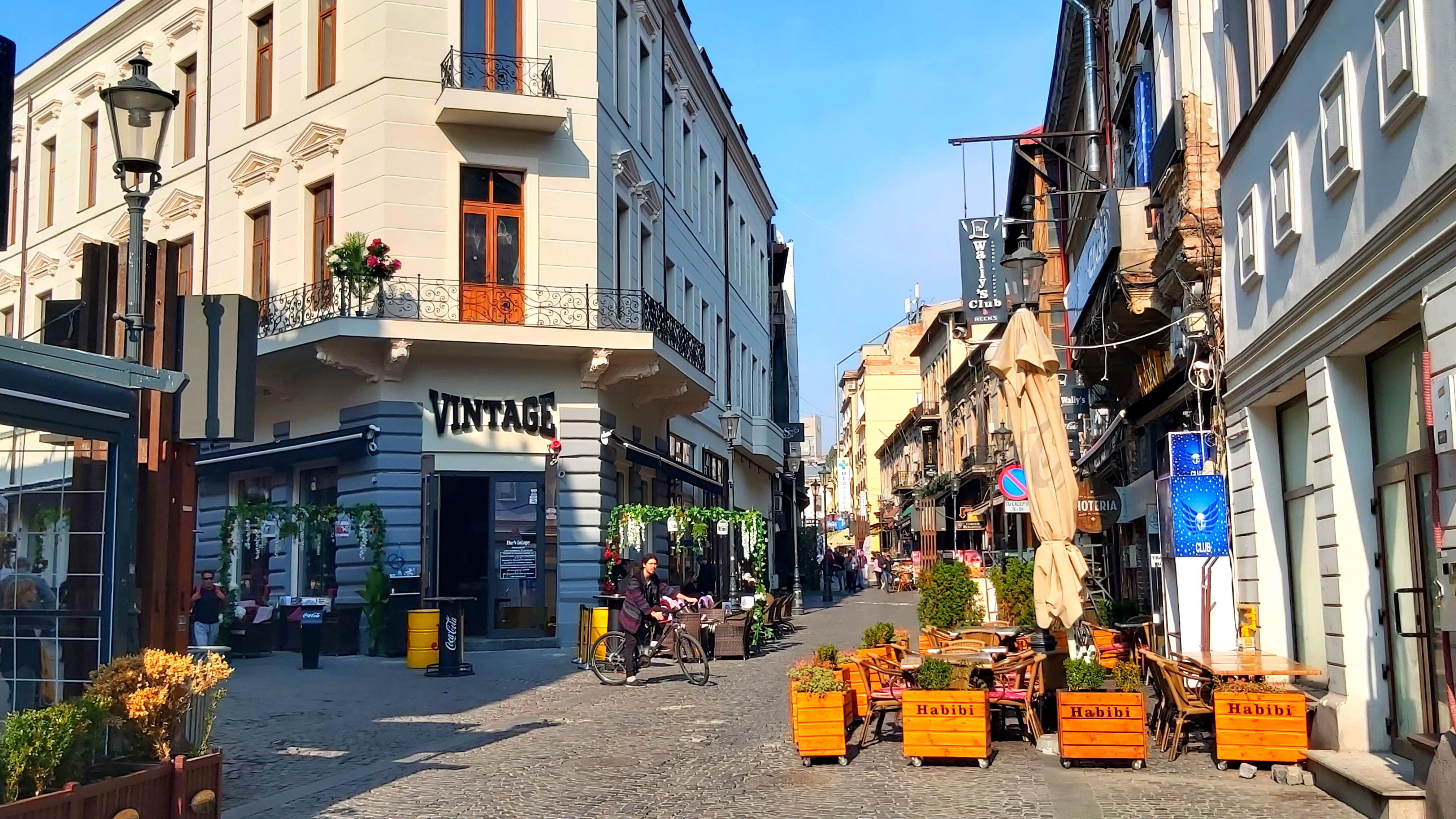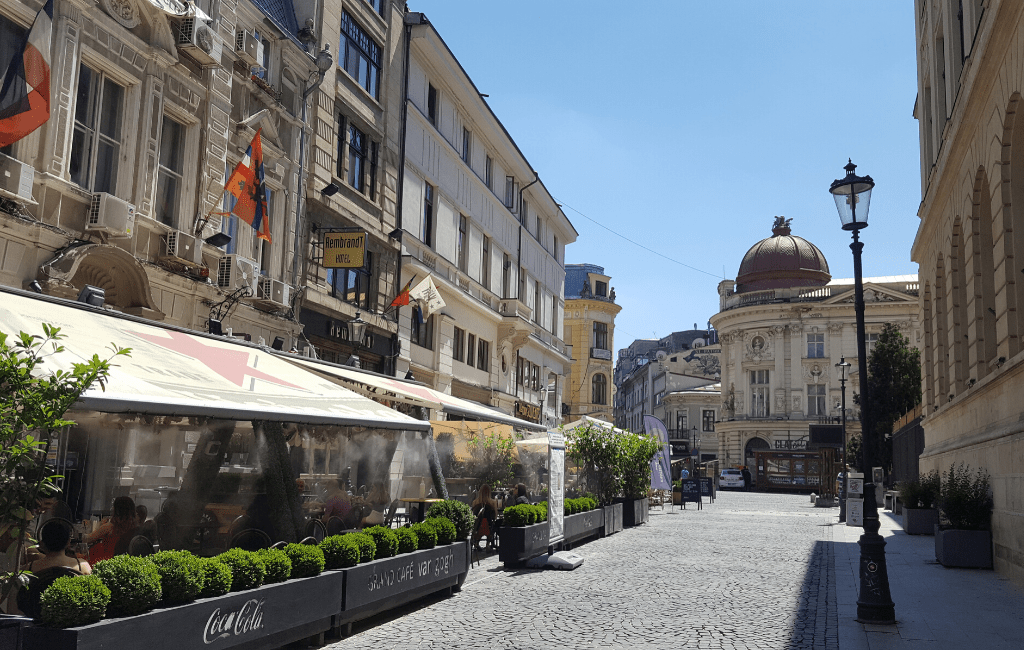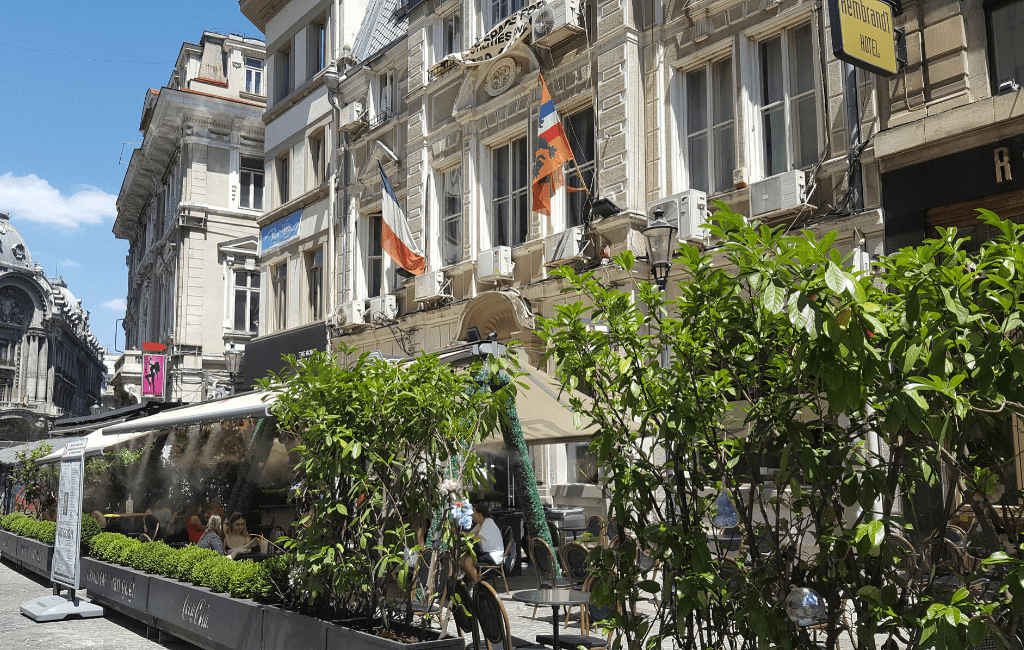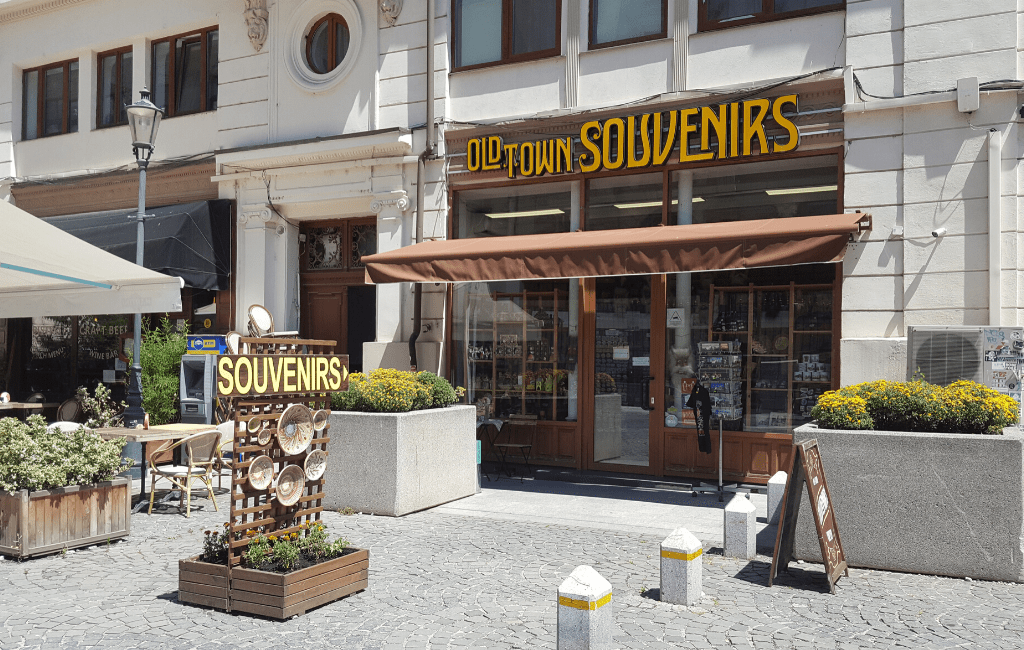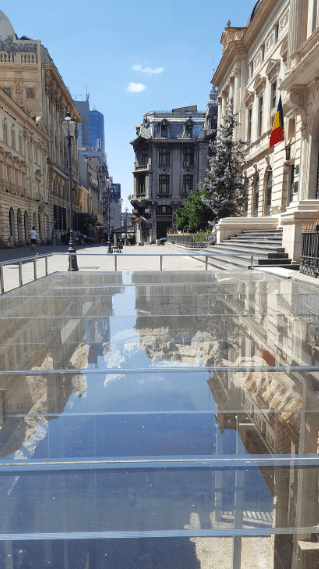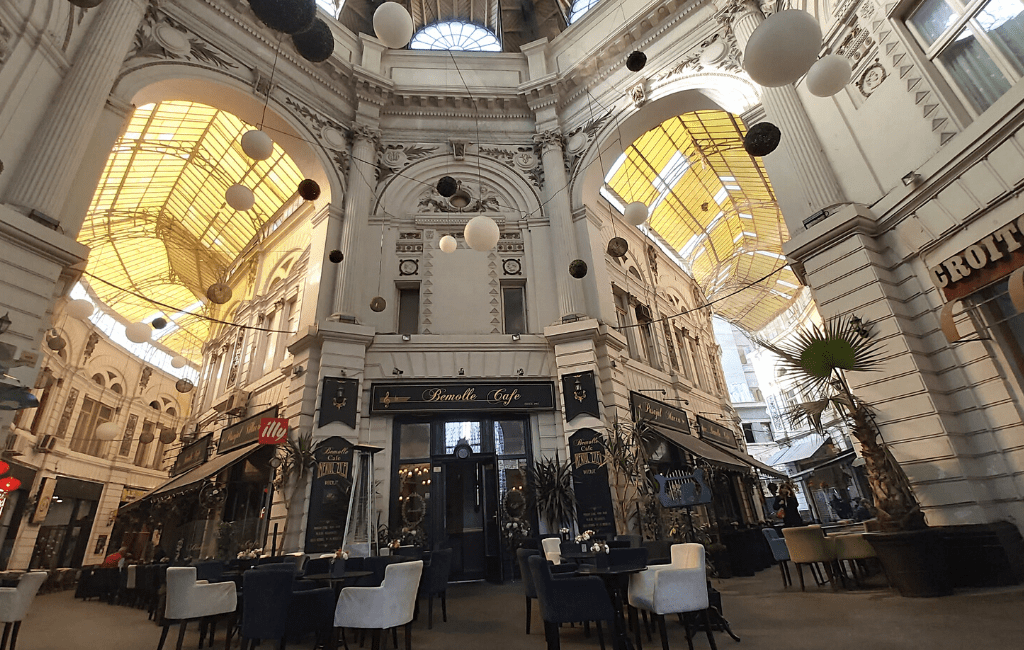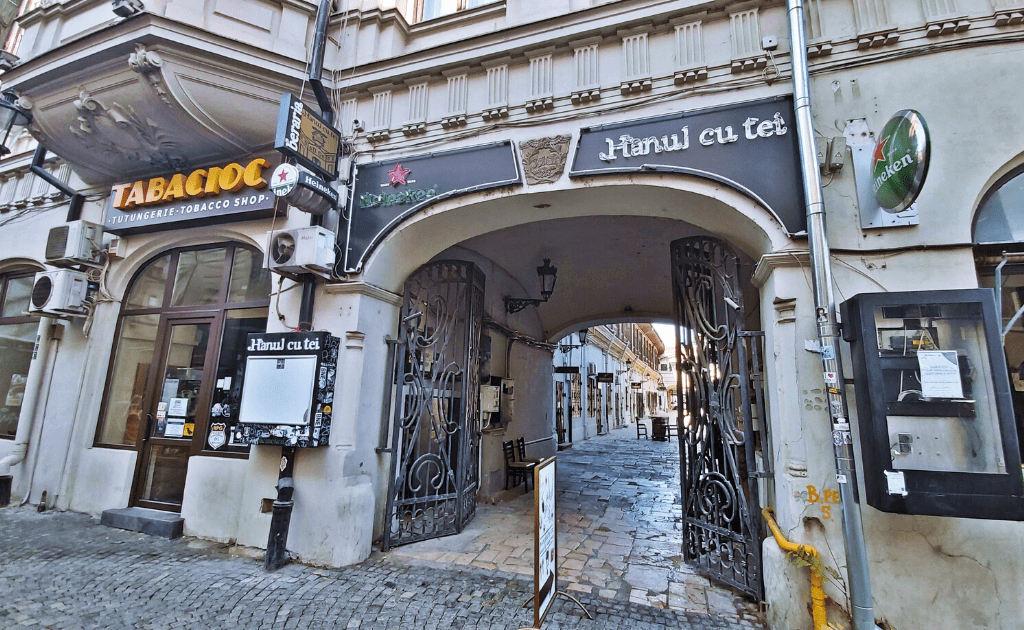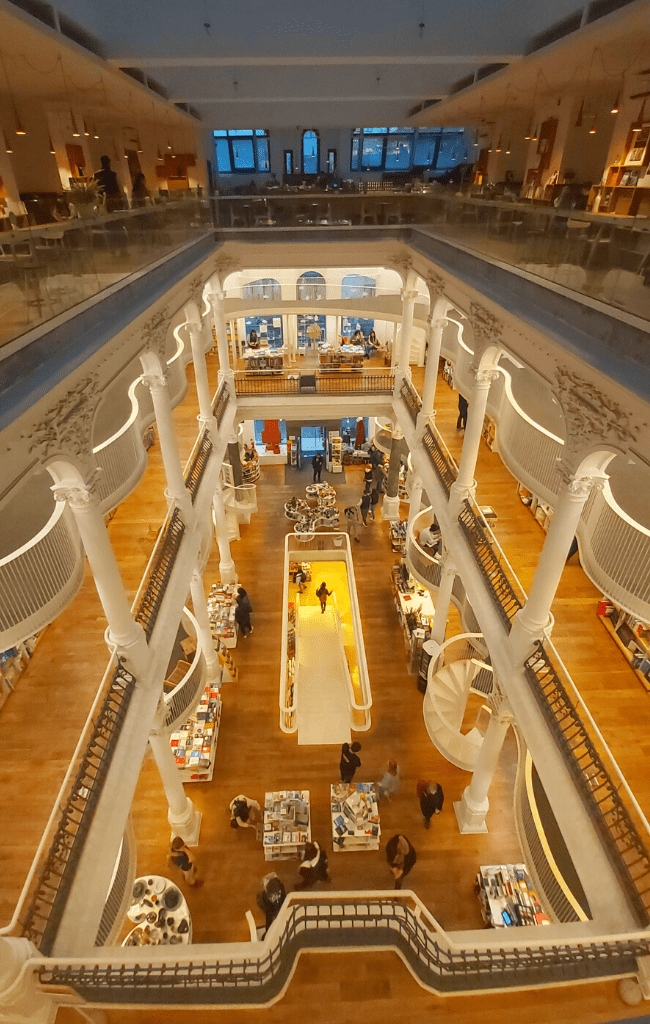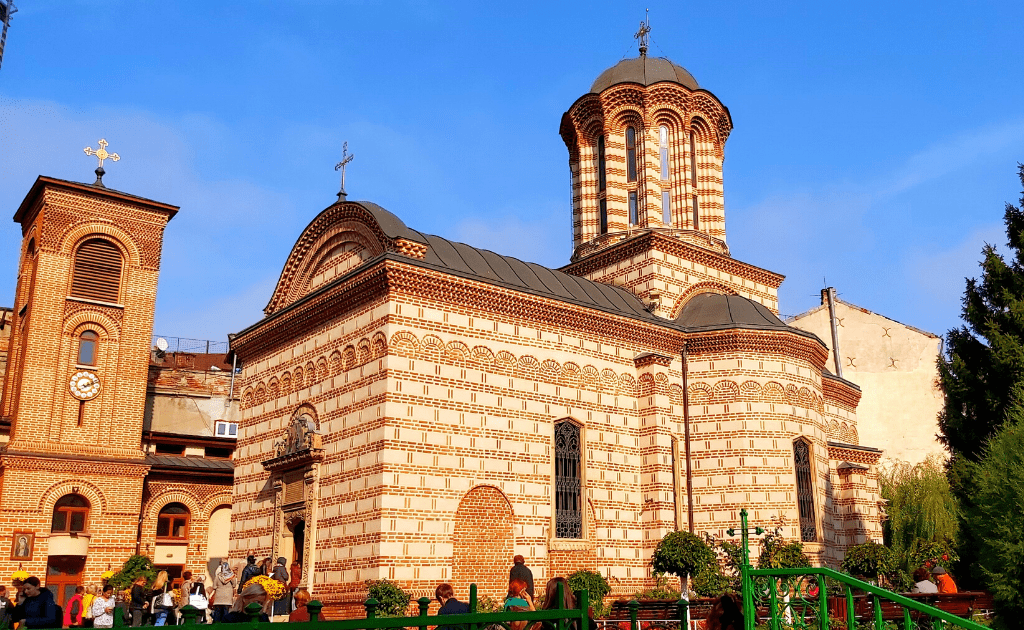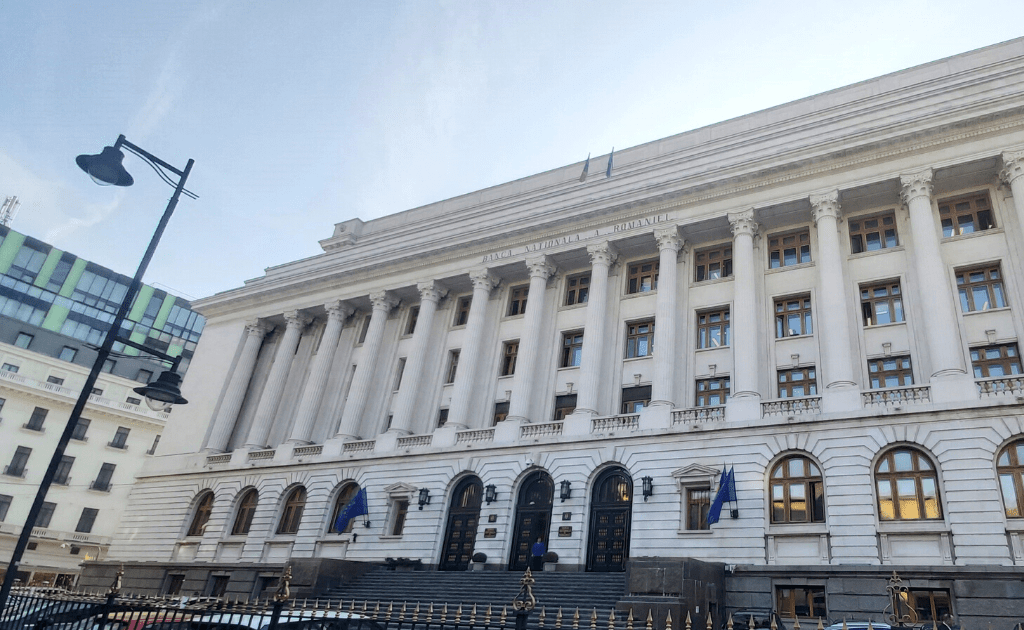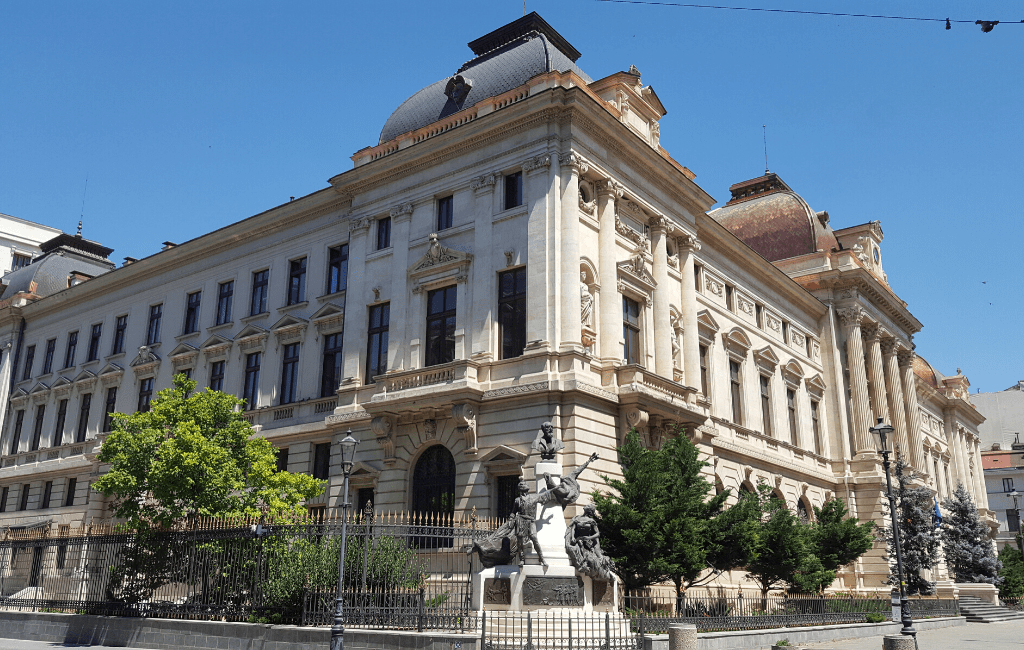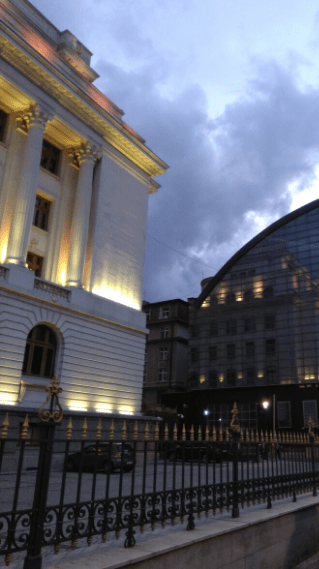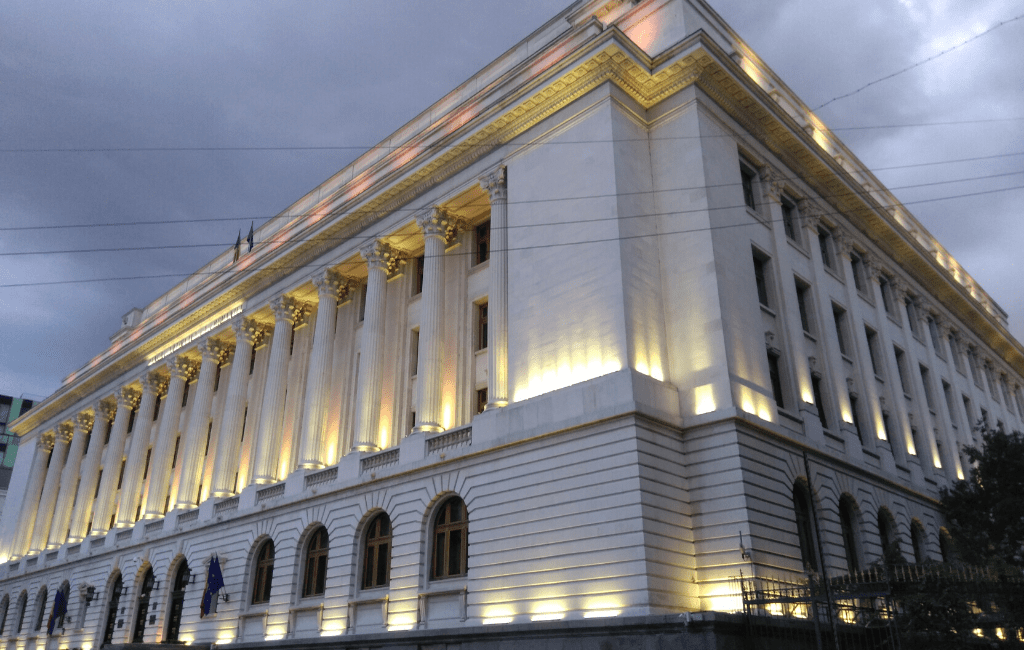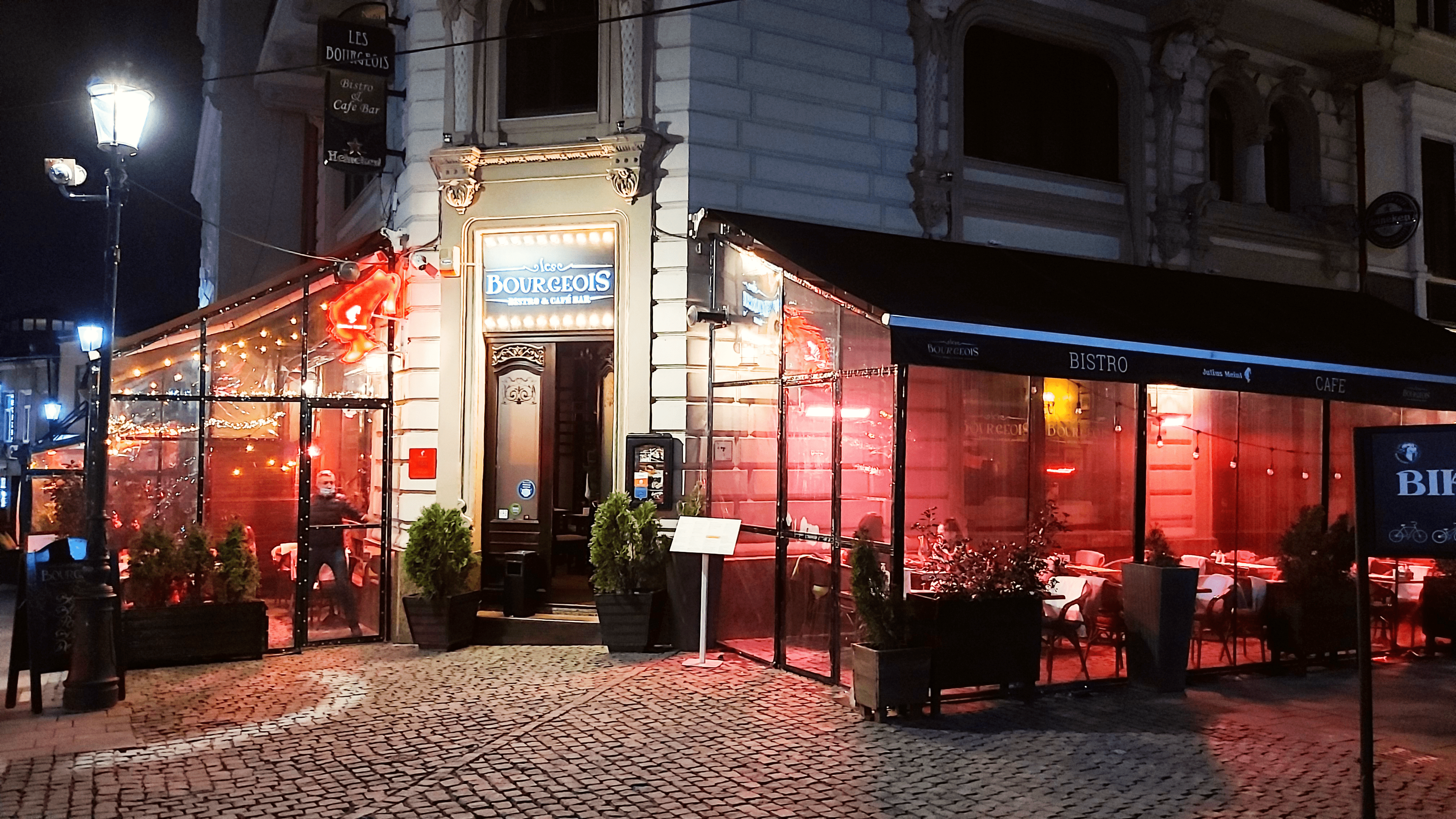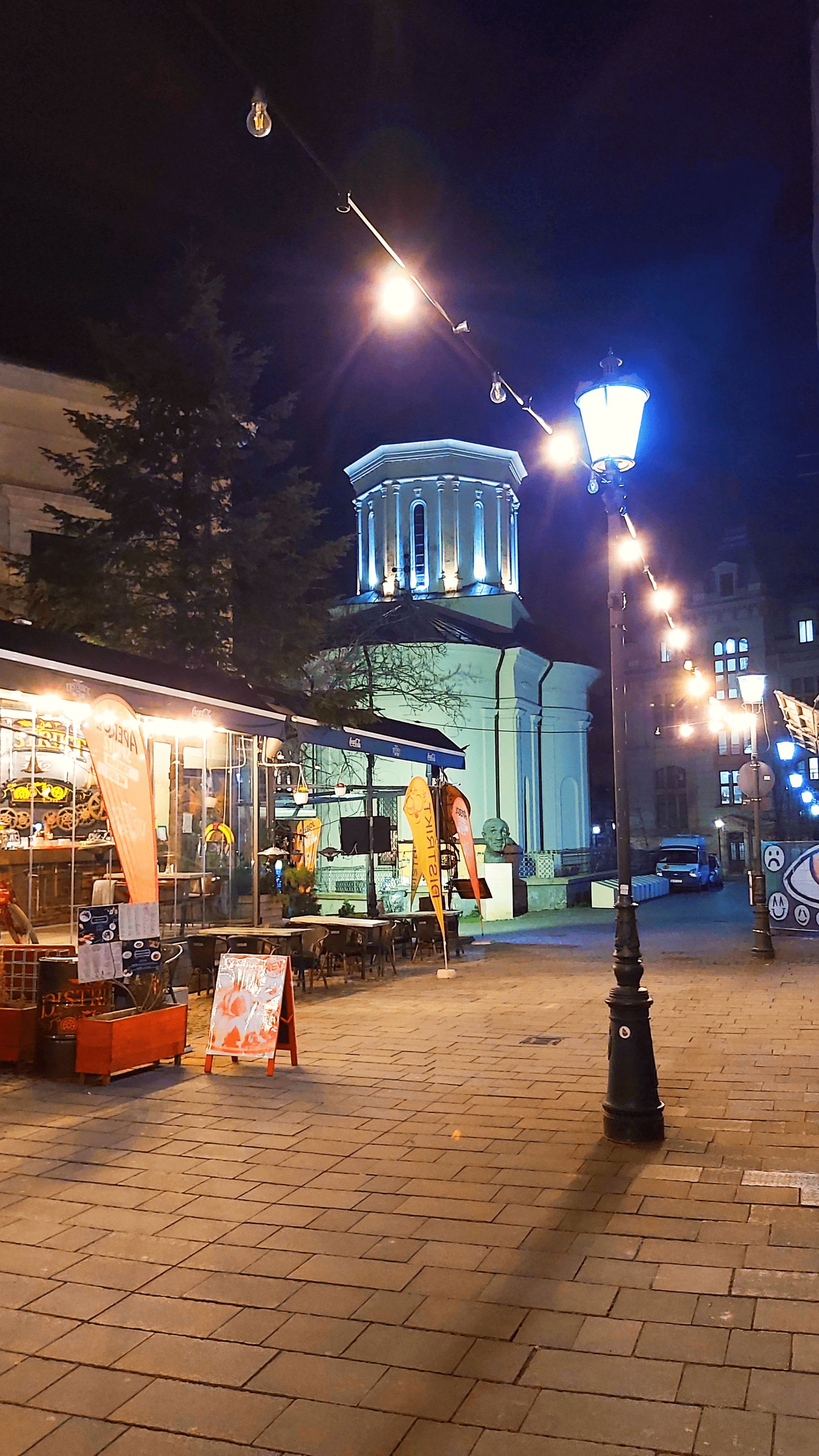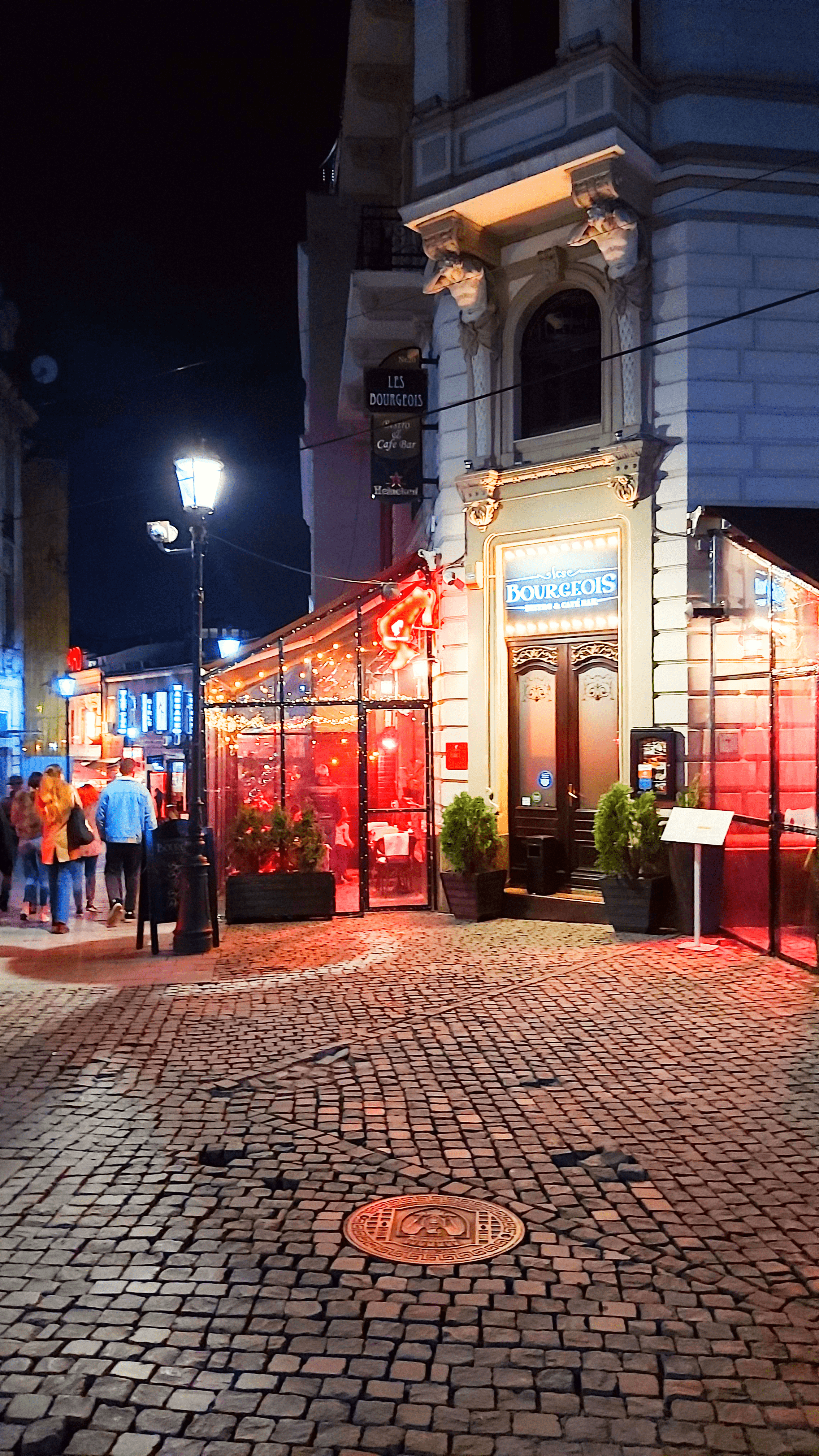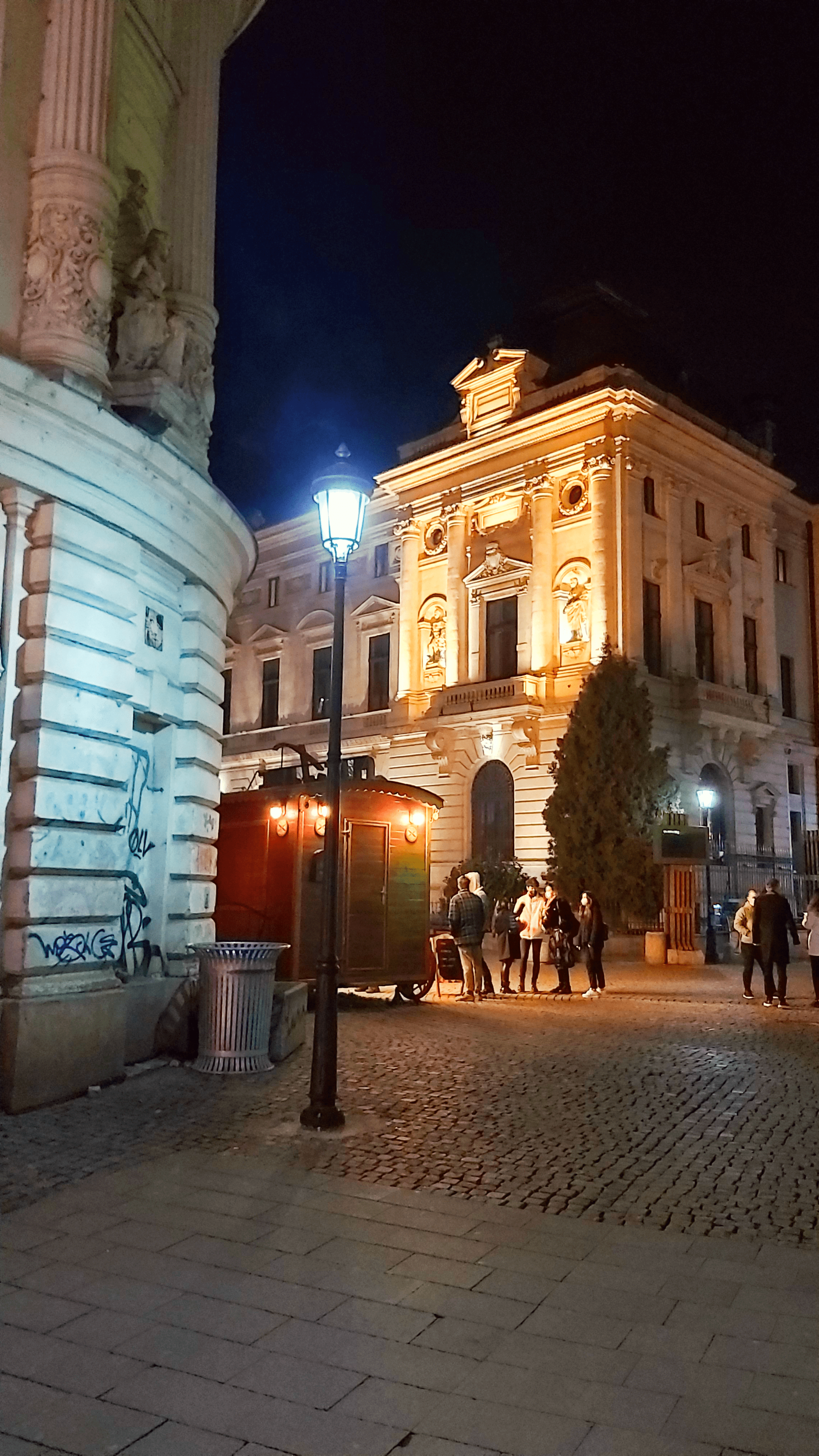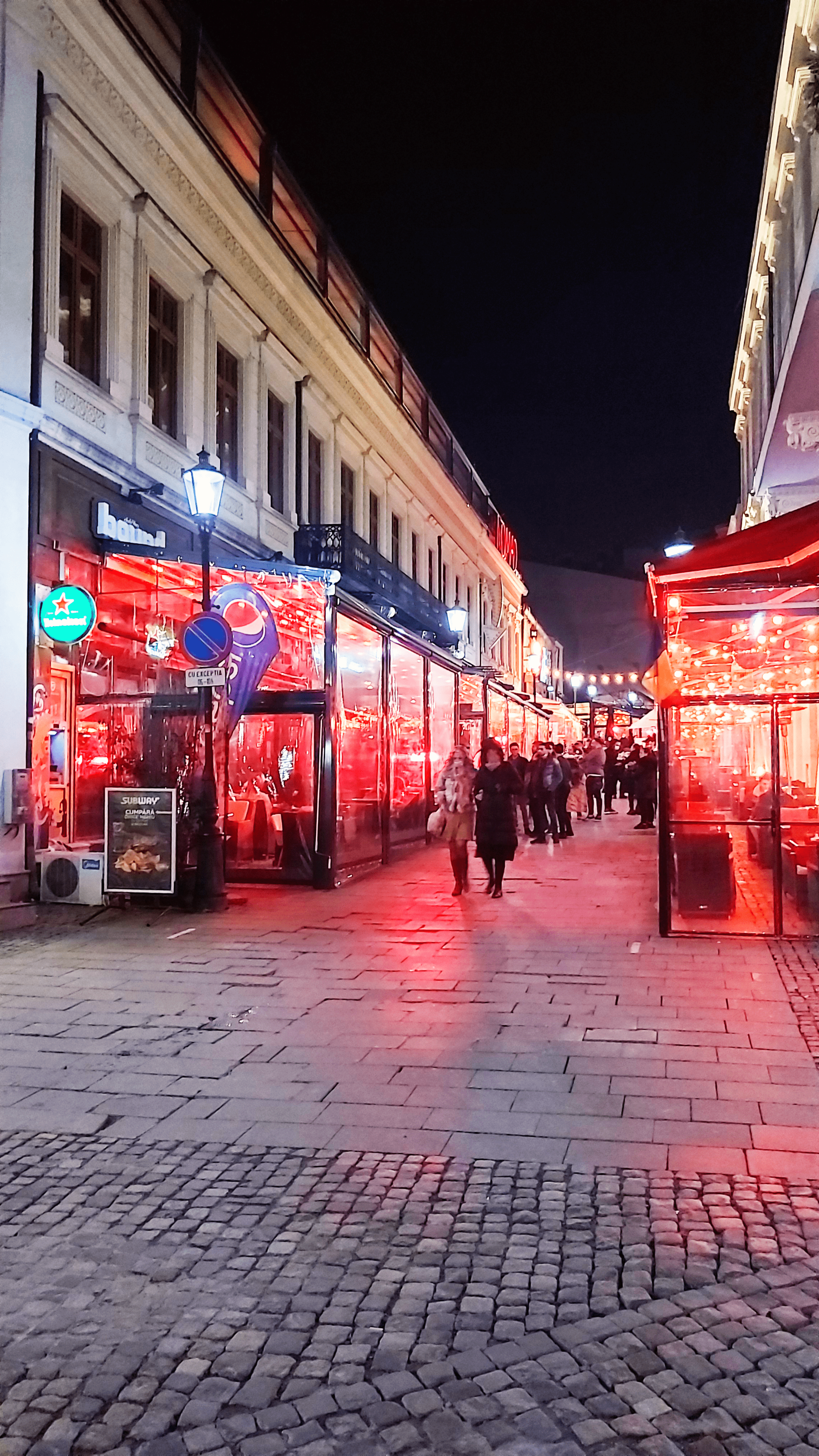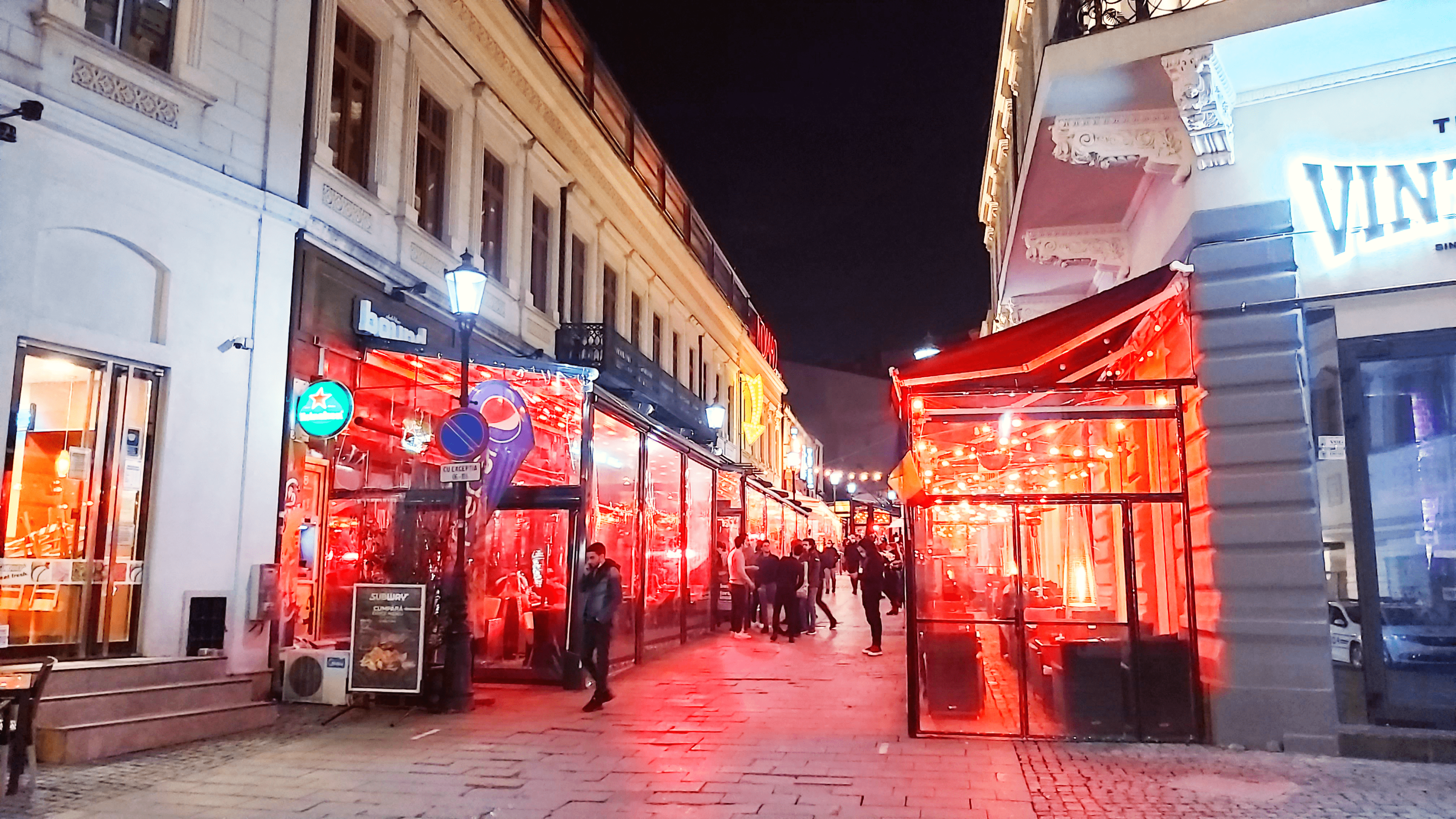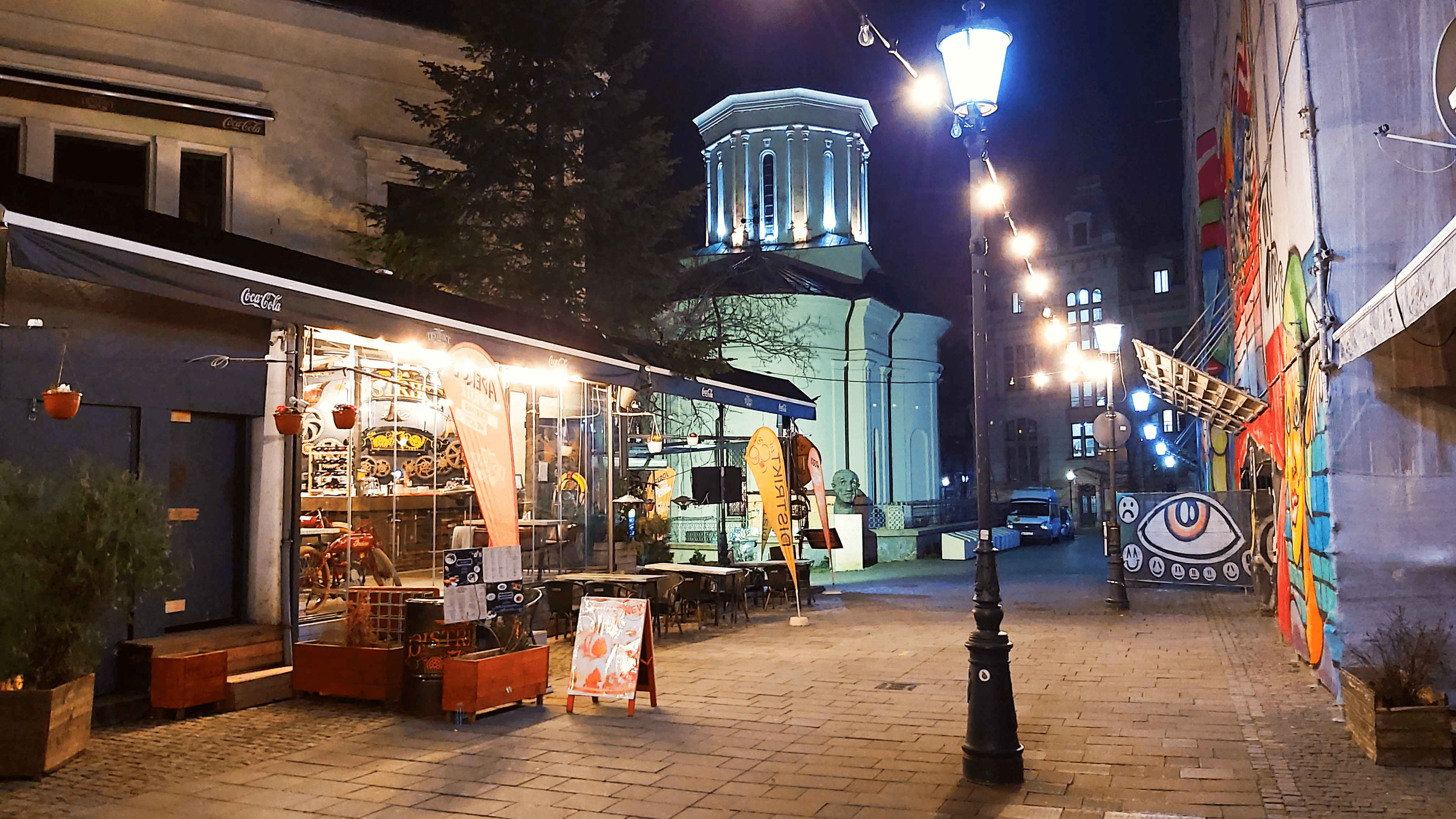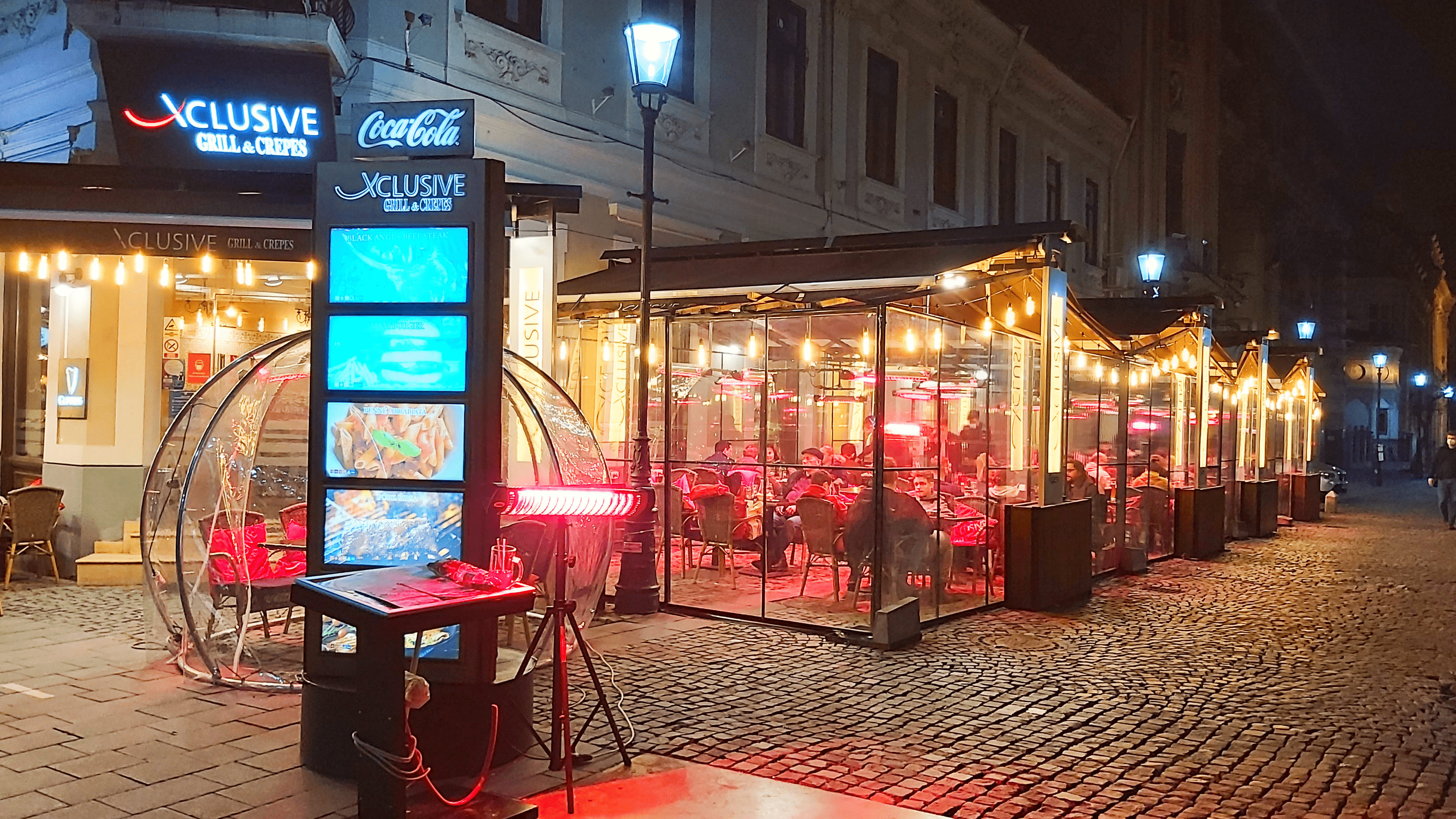The Historical Center of Bucharest, or the Old Town, as it is called by the locals, is one of the most beloved and attractive areas in Bucharest, a place steeped in buildings built in neoclassical and neo-baroque style. Many of these buildings have on the ground floor terraces, cafes, restaurants, and shops, full of foreign tourists, but also locals, most of the year.
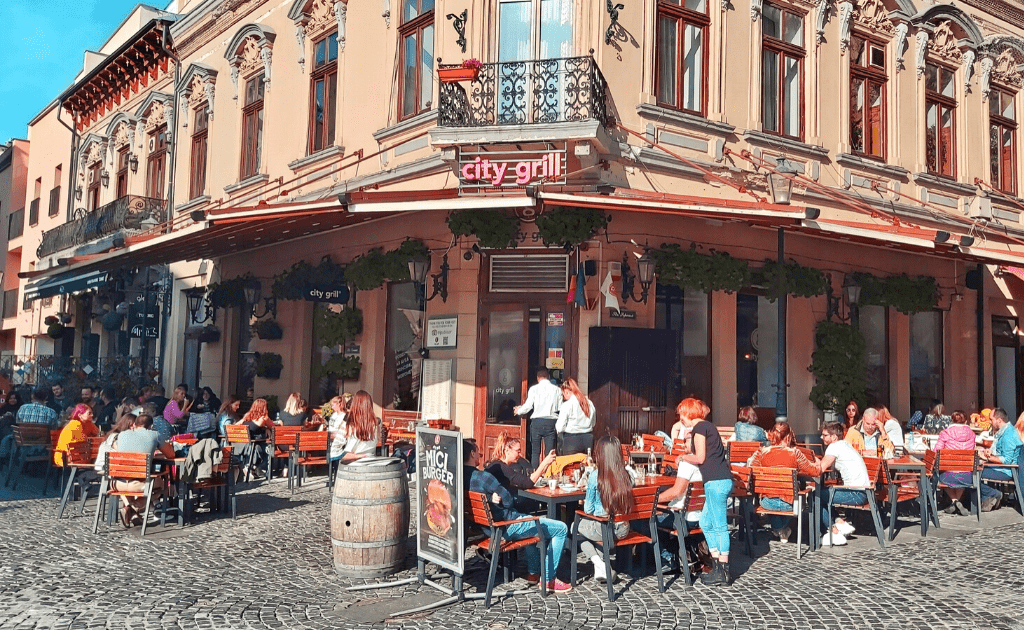
The Old Town in Bucharest is a beautiful place to visit. The architecture is wonderful, there are many old buildings to see and lots of shops and restaurants which worth a visit while in Bucharest.
You can walk into the Old Town from just about anywhere in central Bucharest. If coming from further afield, take the metro to either Piata Unirii or Universitate.
Bucharest Old Town has so many good bars and clubs, restaurants, friendly people and it`s the perfect place to make beautiful memories. Also, you can enjoy a variety of restaurants and coffee shops, and lounges, especially better in warm weather at decent prices. During the night you can have a lot of fun in a pub, in a club or simply wandering through the streets.
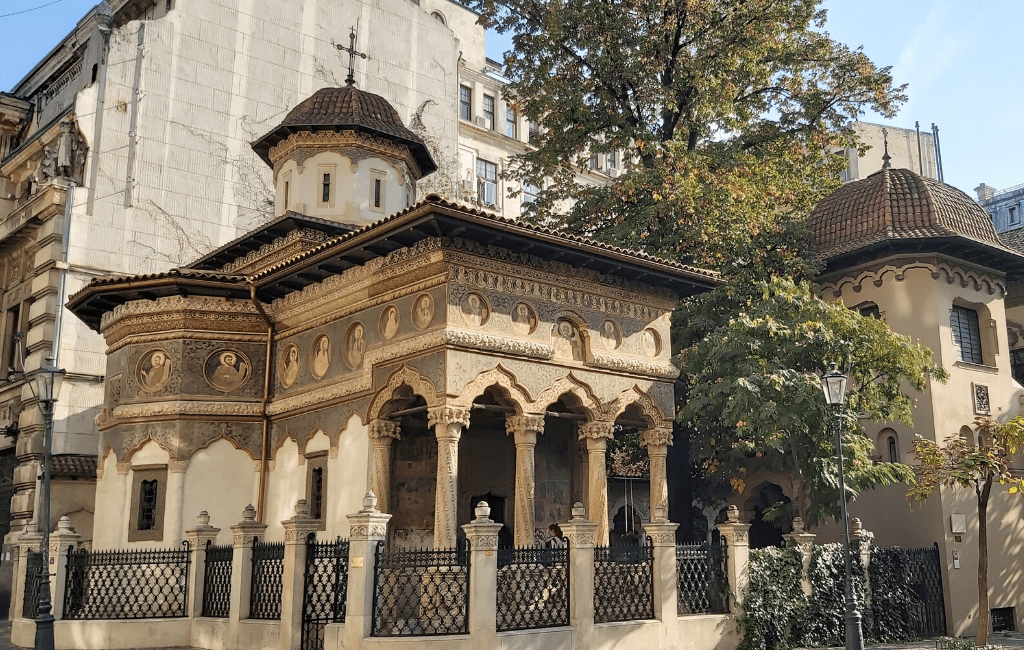
The Stavropoleos Church is one of the most beautiful religious monuments in the capital of Romania. Tucked away between taller buildings in Bucharest Old Town, the church is almost three centuries old.
It’s part of Stavropoleos Monastery, founded, as the church, by the Greek monk Ioanichie who became a Metropolitan of Stavropolie, the name also used for this splendid 18th-century monument.
Stavropoleos Church is a masterpiece of the late ‘Brancovenesc’ style from the early 18th century. This original style appeared in Southern Romania and developed especially during the reign of Prince Constantin Brancoveanu (1688-1714), a patron of several churches and monasteries in Southern Romania, including the Monastery of Horezu, part of the UNESCO World Heritage Sites.
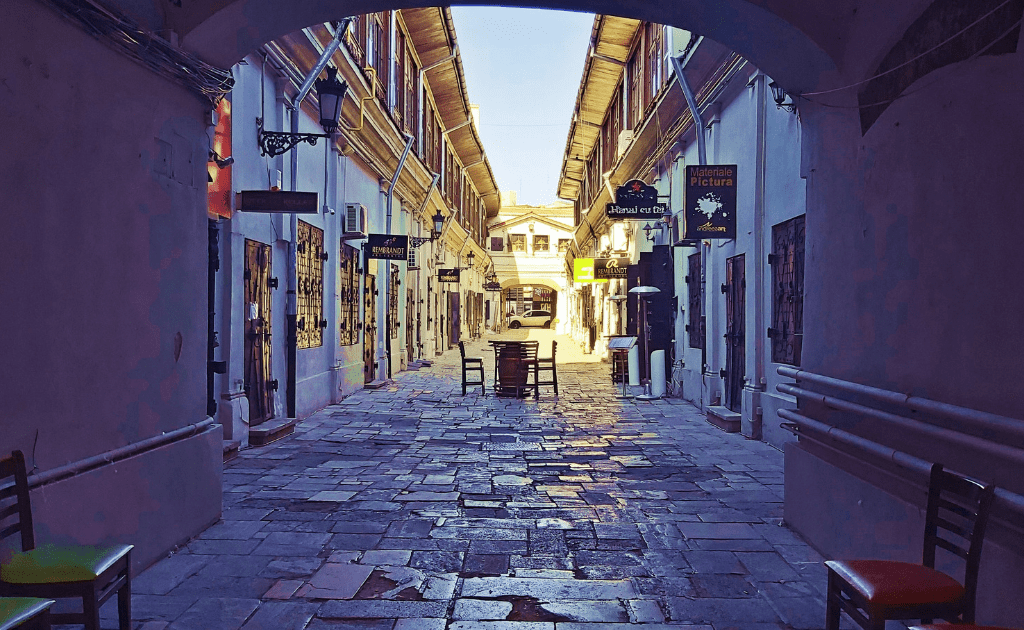
The Linden Tree Inn is the only historic inn in Bucharest that has preserved its shape exactly as it was at its origins.
Hanul cu Tei is one of the few old Romanian inns that still exist in Bucharest Old Town. It was built in 1833 by Anastasie Hagi, Gheorghe Polizu and Stefan Popovici on Lipscani street. When it was first opened, it was known as the Inn from the great street of the Marchitans. At the entrance from Blanari Street, you can still see the mark of its first owners: “A.P.” and “S.P.”. The “Linden Tree Inn” is one of the most significant buildings for the old Romanian architecture and also one of the few places that preserve a special ambiance, defining for the ‘30s. Nowadays, the “Linden Tree Inn” hosts one of the biggest art galleries in Romania. Here you can find vintage art like furniture, paneling, tapestries and rugs, paintings, photos, albums, old documents, watches, cameras and gramophones, coins, medals, and icons.
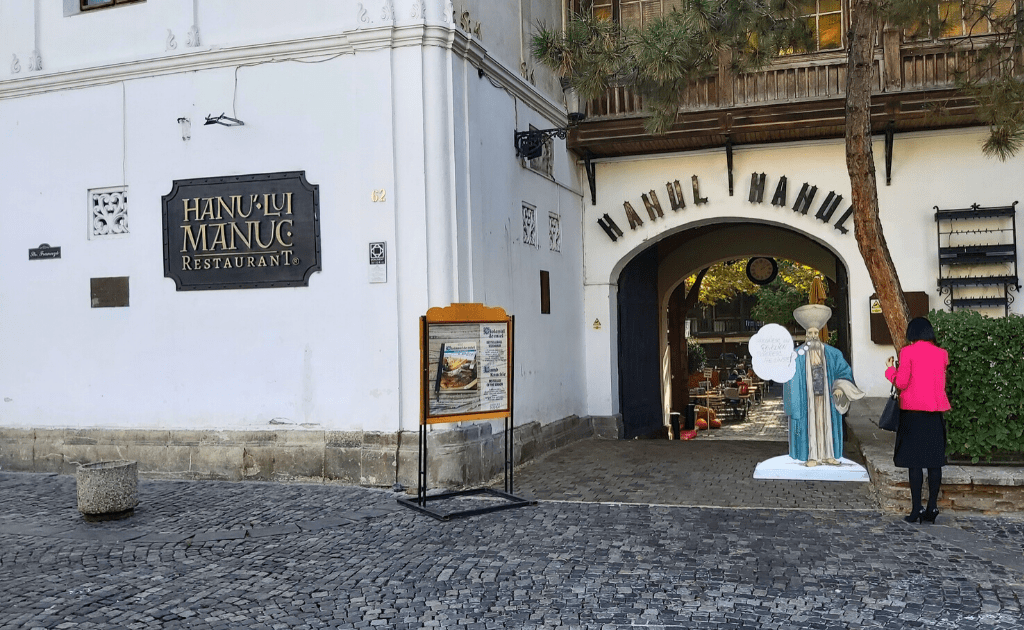
Hanul lui Manuc is the oldest operating hotel building in Bucharest, Romania. It also houses a popular restaurant, several bars, a coffee-house, and several stores, and an extensive bar.
The restaurant is located in a historical building and serves traditional dishes and some other food. The place has a pleasant atmosphere in the evening and sometimes there are live performances. Tourists and locals simply love it, because of its welcoming and unique appearance.
Built by an Armenian called Emanuel Mârzaian (Manuc), one of the richest and most influential merchants of his times in the Balkan region, Manuc's Inn was inaugurated about two hundred years ago, providing lodging and shelter for the caravans on their trade routes.
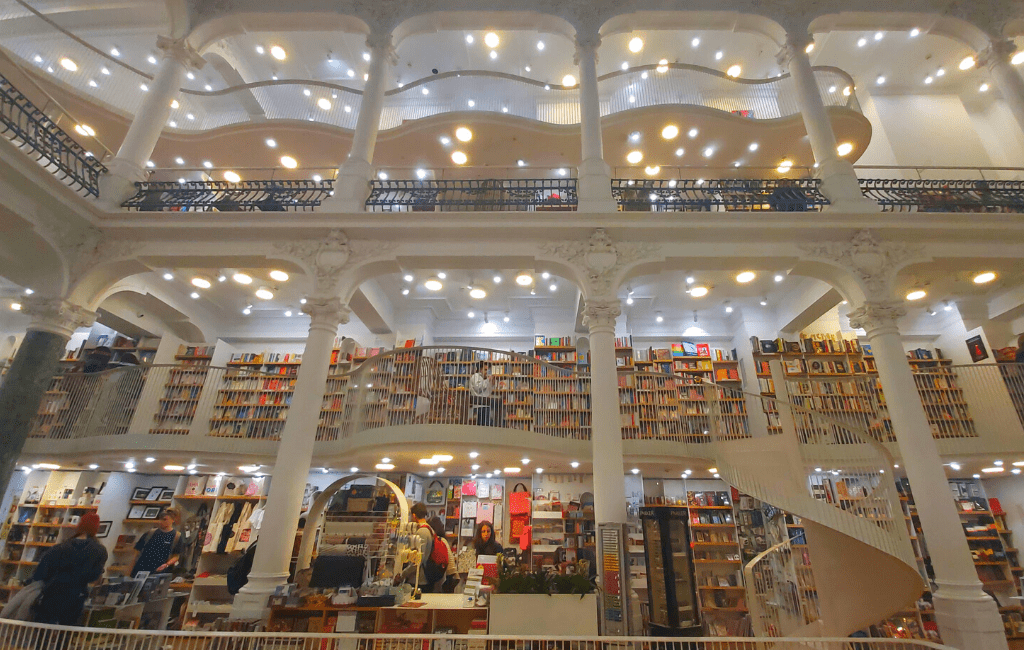
Undoubtedly one of the most beautiful bookstores in the world, Cărturești Carusel opened its doors in 2015 after five years of a massive reconstruction of an old building. Carturesti is a Romanian bookstore chain, very appreciated by its readers for the large offer of books and for the souvenirs it offers.
The 19th-century building, owned by the Chrissoveloni family, once served as a bank headquarters for about 30 years until it closed in 1948. Later on, it was used as a men’s clothing store and then a general store during Communist times. After the collapse of the Communist regime, the building was abandoned and fell into disrepair until it was rescued by Jean Chrissoveloni, the great-grandson of the first owner, Nicolas Chrissoveloni.
Considered to be Carturesti’s main flagship or concept store, the 1,000 square meter space takes up six floors and is home to more than 10,000 books and 5,000 albums and DVDs.
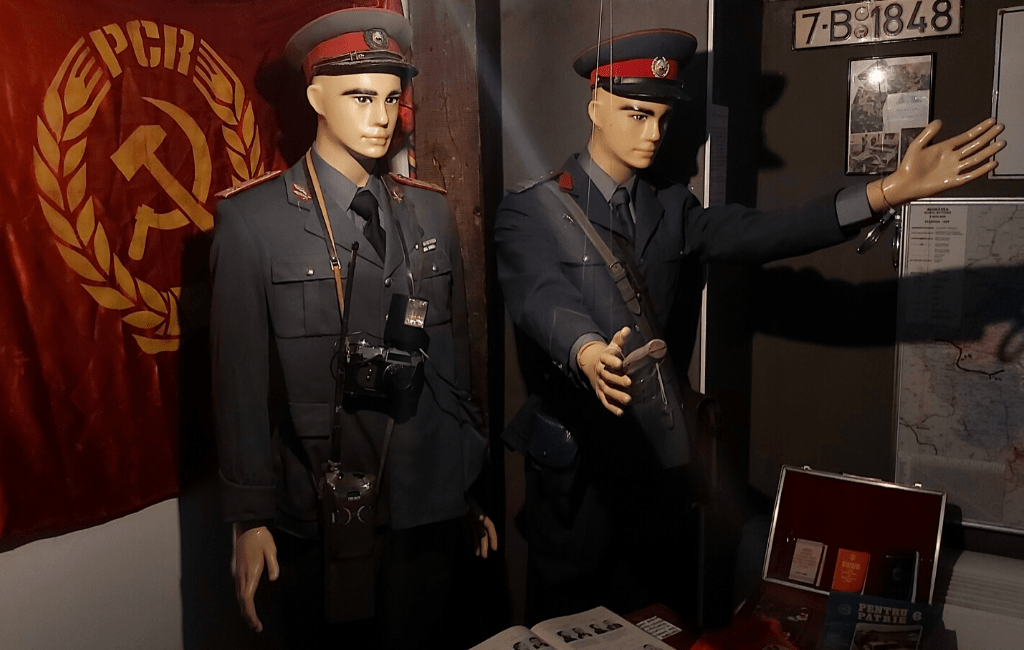
The Kitsch Museum is a boutique museum and has one large room that hosts the permanent exhibition, as well as a gallery where artists can exhibit their work. The museum exhibits are grouped into 6 major categories: Dracula kitsch (kitsch objects that rely on the famous vampire myth), religious kitsch, communist-era kitsch, interior design kitsch, gypsy-kitsch, modern kitsch. In addition, the new museum proposes visitors become artists. "Make your own kitsch!"
Romanian Kitsch Museum is both an exhortation and a museum space dedicated to those who hold such objects and want to have their own exhibition in the boutique museum.
The museum itself is both hilarious and educational. It uses kitsch to explain the largest aspects of Romanian culture - from the church to communism to Dracula. It is also interactive and you can have a lot of fun!


